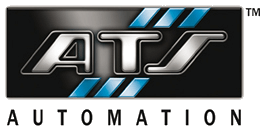
Mechanical Automation Designer
➤ ATS Automation - Cambridge, Ontario
January - August 2019
ATS Automation makes turnkey machines for factory automation. They primarily work in the life sciences, energy, transportation, and consumer goods industries and specialize in product assembly and processing, machine vision (imaging), laser processing, dispensing, and clean room applications. ATS was founded in 1978 and has grown to over 4,400 employees in 23 facilities and 55 offices spread across 22 countries.
I spent 8 months working in the life sciences division of ATS at their headquarters in Cambridge, Ontario. I provided shop floor support for four different machines which involved troubleshooting issues, talking with assemblers and operators to devise solutions, and designing quick modifications and new modules. Spending lots of time on the shop floor provided ample opportunity to watch massive machines in action and an understand how they’re assembled.
I also spent quite a bit of time doing design work for a new machine; I designed a complete station from the concept phase through to purchasing. I learned how to formally perform sizing calculations and cycle time analyses and benefited from multiple design reviews along the way. ATS is very quality oriented with regimented internal standards and processes which taught me best practices with regards to mechanical design and CAD modelling. I was also surrounded by about 40 mechanical automation designers, many with decades of experience, which created a fantastic learning environment.
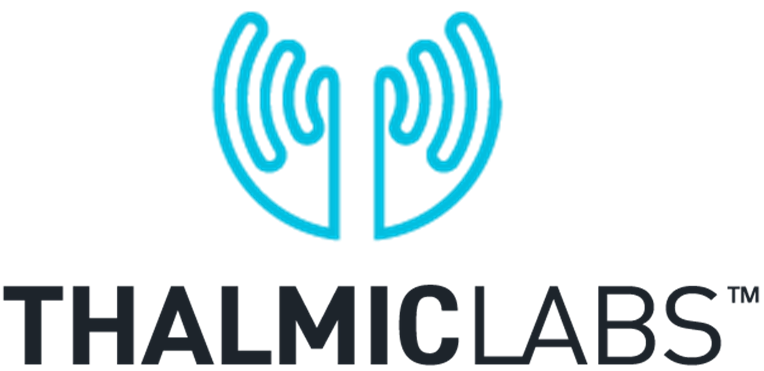
Mechanical Automation Designer
➤ Thalmic Labs - Kitchener, Ontario
September - December 2017, May - August 2018
Thalmic Labs is a Canadian tech startup that creates wearable technology, with a focus on human computer interaction. Thalmic released the Myo armband in 2014 which detects gestures made by the wearer via the electrical activity of their muscles. The Myo has been used for everything from controlling amputee’s prosthetics to power point presentations. In October of 2018, Thalmic changed their name to North and revealed the project they’ve been working on in ‘stealth mode’ for the last 4 years: smart glasses.
I spent two co-op terms working as a mechanical automation designer at Thalmic. During my first term I contributed to the design and integration of one of the company’s first automation cells and worked on several jigs and fixtures for various applications throughout the company. I gained experience meeting with coworkers to define project requirements, drafting up potential designs, 3D printing prototypes, sourcing off the shelf components, requesting quotes from vendors, and going through design reviews. Once the parts arrived I’d assemble the fixture myself and present it to the person who requested it. I really enjoyed working through the entire design process while bombarding coworkers on the fixtures and automation team with questions along the way; everyone was incredibly friendly and knowledgeable and I learned a tremendous amount from them.
During my second term I worked extensively with a Fanuc 6 axis robotic arm by developing TP and OLP programming practices, integrating a force sensor, and designing various end effectors for the robot. We primarily used the robot for product validation and testing. I frequently worked with pneumatics (regulators, filters, valve banks etc.) and designed an automated test station with 5 independently controlled pneumatic cylinders. For that station I also built the electrical panel, wired the PLC and all components, and programmed the PLC myself including an HMI built with Ignition. I also learned how to use a ROMER laser scanner and probing arm (a portable CMM) and ‘PolyWorks Inspector’ metrology software to ensure incoming parts were within their tolerances.
Throughout both terms with Thalmic I developed my knowledge of GD&T and best design practices through drawing checks with senior engineers and self studying after hours. I primarily designed for CNC machining, laser cutting, and 3D printing applications. I attended SolidWorks training sessions on advanced part modelling, surface modelling, assembly modelling, linear simulations, and SolidWorks’ PDM (product development management) software. I also managed the 3D printers at Thalmic which involved troubleshooting difficult prints, understanding all settings, maintaining the printers, and occasionally suggesting design modifications to coworkers to improve printability.
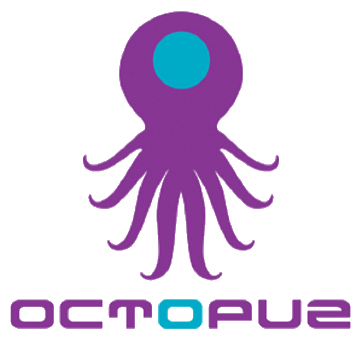
Robotics Applications Developer
➤ OCTOPUZ Inc. - Waterloo, Ontario
January - April 2017
OCTOPUZ Inc. is a software company that specializes in the development, implementation, and customization
of superior Offline Programming (OLP) software for industrial robotic applications. As a developer I primarily
used C# and Python to improve the functionality and user interface of several addons and features within
OCTOPUZ (the software application itself). I also became familiar with the Visual Components API (factory
visualization and simulation software) which OCTOPUZ is built around. In this position I learned about
multiaxis robots (primarily 6 axis robots), various manufacturing processes (spot welding, arc welding,
trimming, painting etc.) and general coding best practices when working with a team of developers.
My major project while working at OCTOPUZ Inc. was the redesign of the repository structure and version
control workflow. OCTOPUZ Inc. uses Mercurial as their version control software (similar to git). I spent
a considerable amount of time researching Mercurial features and extensions to design a solution that
best served both the developers and the applications engineers who work on the codebase. I gave a
presentation of my solution to both teams, created documentation and even made an application to
automate part of the setup process for employees.
Throughout my co-op I worked on importing G Code from CNC machines and making it run on multiaxis
robots, modified some post processors, and contributed to an addon which optimized toolpaths (a set
of points for the robot to follow) to eliminate collisions and prevent joints from exceeding their
limits. I became familiar with sprints and agile development, Jira (issue tracking and management
software), and became proficient with Visual Studio 2015.
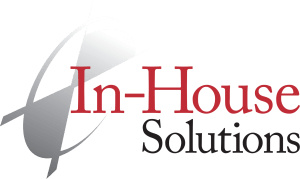
Technical Documentation Developer
➤ In-House Solutions - Cambridge, Ontario
May - August 2016
In the summer of 2016 I worked in the Book Production department at In-House Solutions, specifically
on the tutorials, handbooks and professional courseware available for Mastercam. I learned how to use
Mastercam itself and gained a fair bit of background knowledge about CNC machining in general. My main
focus was updating our books to Mastercam 2017 which meant ensuring the information and instructions
were correct and up to date, fixing engineering drawings, and correcting formatting and grammar. The
department used Adobe FrameMaker for all publications so I became quite proficient with this application.
On my own time I worked on an Excel Workbook to track our stages of development on each book. Originally
I just wanted to learn more about Excel VBA and thought a development tracker would be a great learning
project but as I learned more and improved the spreadsheet functionality I decided that it may actually
be useful to the company. It featured an overview page with progress bars and a status
(‘haven’t started’, ‘step by step testing’, etc.) for each book. It also contained separate details
pages which allowed employees to be assigned to books, add notes, and update the status of a book with
the click of a button, as well as a summary printout page my boss could take to meetings. All of these
features were coded using macros and modules written in Excel VBA. I proposed the system to my supervisor
who enthusiastically agreed to let me spend the last week of my co-op placement working on the project.
I modified the workbook to work in Excel 2010 and with their input I added several more advanced and
useful features and created a manual for how to use the system. I am proud to say that my original
personal project has become the book tracking software used by In-House Solutions.
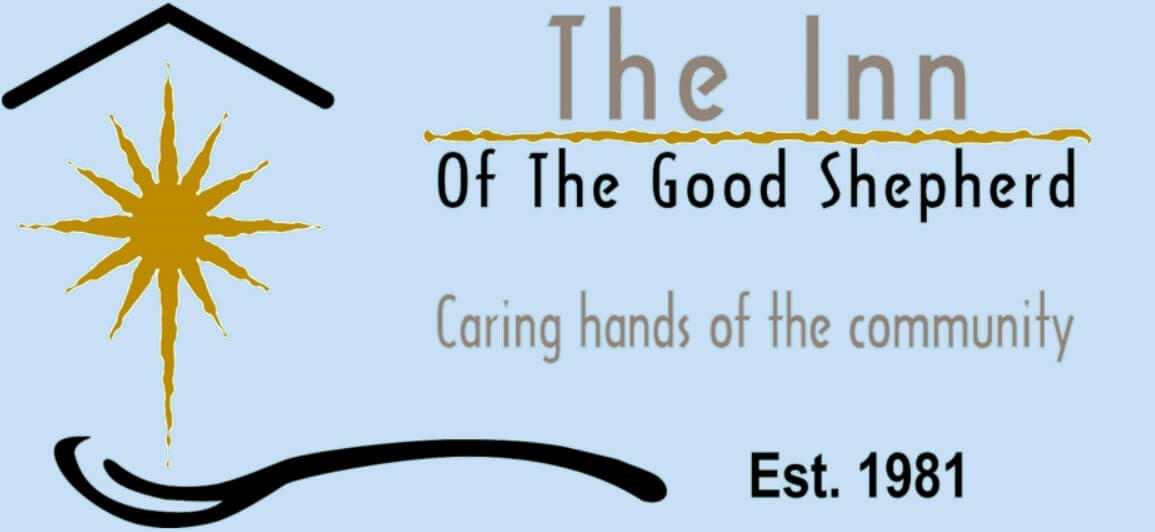
Assistant Mobile Market Coordinator
➤ The Inn of The Good Shepherd - Sarnia, Ontario
July - August 2015
The Inn of The Good Shepherd in Sarnia has a mobile market program where little markets are set up around town and residents can come pick up vegetables for the week for free. As a volunteer I loaded the truck each morning, ensured market tables were fully stocked while on site, received and documented donation deliveries to the Inn, and constantly reorganized the refrigeration unit to make room for new deliveries and ensure no produce expired. I developed my communication skills through determining the appropriate course of action from my supervisor in a variety of challenging circumstances and my organizational skills through managing which produce was allocated to each site and tracking the location and date of arrival of each item in the refrigeration unit.

Key Club Treasurer
➤ Northern Collegiate High School - Sarnia, Ontario
September - June 2015
Northern (my high school) started a Key Club in my grade 12 year, which is a youth equivalent of the Kiwanis Club focusing on improving the local and global communities through service projects and leadership. As treasurer I collaborated with staff members to open and manage a bank account for the club and organized and documented all financial transactions. I also tracked ticket sales, payment collection and attendance for ‘Pasta Fest’, our big fundraiser through an Excel macro I wrote. This greatly improved my Excel skills, my organizational skills, and my communication skills as I frequently spoke in front of the whole club to give updates on our financial standing.

Camp Counsellor
➤ The Lambton Centre - Forest, Ontario
June - August 2014
I worked as a camp counsellor during the summer of 2014 at the Lambton Centre in Forest. I was responsible for the occupation, safety and whereabouts of a group of children ranging in age from 5 to 12 throughout the day and night, as this was a week long stay-over camp. I also participated in the 'Reach for the Rainbow' program as a one-on-one counsellor to integrate campers with various disabilities into the camp environment and tailor the program to their needs. Throughout the summer I led various activities and games around camp, prepared and led interest sessions, reflections, and camp fires. I frequently resolved disputes, comforted homesick campers and did whatever it took to make the camp experience as enjoyable as possible. In this role I further developed my leadership, communication and adaptability skills, as the weather and other factors changed the situation rapidly.

Event Leader and General Volunteer
➤ Camp Attawandron - Port Franks, Ontario
2010 - Present
When I was 13 years old I began volunteering for a weekend every summer at the Inn of the Good Shepherd's summer camp. The camp is a chance for the less fortunate children in the Sarnia area to experience summer camping and a carefree happiness that they don't always have access to, as many come from troubled households. My first few years I served as a camp counsellor, looking after a cabin of children at night and leading them to and from events during the day. For the past five years I’ve helped run the canoeing station each Saturday (giving water safety talks, teaching kids how to canoe etc.), led various other events throughout weekend, helped in the kitchen and anywhere else I can lend a hand. I love this camp because I get to give the children a chance to do what I did in the scouting program as a kid; make friends, create memories, build confidence, gain an appreciation for nature, and develop their character.